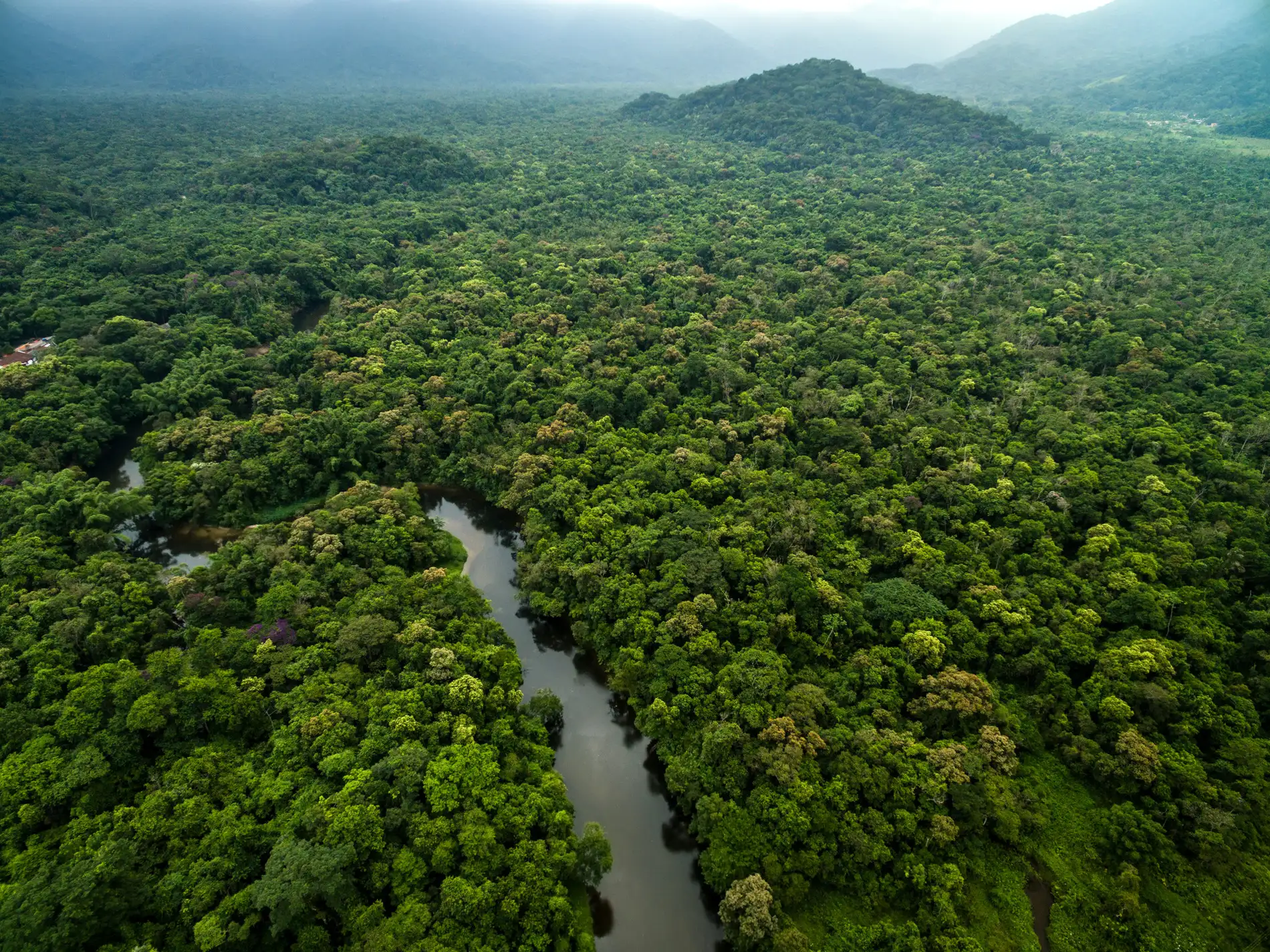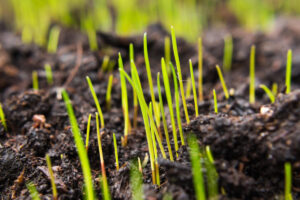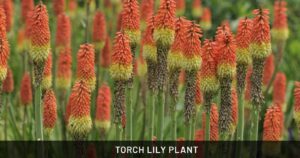Wildfires have become an increasingly destructive force across the United States, with millions of acres burned annually. In the search for solutions, researchers and ecologists are turning their attention to the role of vegetation in mitigating fire risks. According to Dr. Susan Prichard, a fire ecologist at the University of Washington, “Strategic tree planting can be an effective tool in reducing wildfire severity, provided the right species are chosen and managed properly.” This article explores how planting certain trees could help prevent future wildfires and examines the science behind fire-resistant landscapes.
The Science of Fire-Resistant Trees
Not all trees are equally susceptible to fire. Fire-resistant species possess certain characteristics that make them less likely to ignite or contribute to the spread of flames. These include:
- Thick Bark: Protects the inner layers of the tree from heat.
- High Moisture Content: Makes leaves and needles less flammable.
- Low Resin Levels: Reduces the risk of ignition.
Examples of fire-resistant trees include species like the Ponderosa Pine (Pinus ponderosa), Coast Live Oak (Quercus agrifolia), and Giant Sequoia (Sequoiadendron giganteum). These trees not only survive fires better but can also act as natural barriers, slowing down the spread of flames.
How Trees Can Prevent Wildfires
1. Reducing Fuel Loads
Fire-resistant trees tend to shed less flammable debris like dry needles or resinous leaves. By replacing highly flammable species, such as eucalyptus or pine plantations, with fire-resistant alternatives, land managers can significantly lower the fuel available for wildfires.
2. Creating Windbreaks
Strategically planted fire-resistant trees can act as windbreaks, slowing down the spread of wildfires. They can disrupt the flow of oxygen that feeds the fire and prevent embers from traveling long distances.
3. Moisture Retention
Certain tree species, like alders and willows, retain high levels of moisture in their foliage, making them less likely to ignite. When planted near homes or in fire-prone zones, these trees can create microclimates that are less conducive to fire.
Top Tree Species for Fire Prevention
1. Ponderosa Pine (Pinus ponderosa)
Ponderosa pines are well-known for their thick bark and ability to withstand low-intensity fires. Their sparse, high canopies also reduce the risk of crown fires.
2. Quaking Aspen (Populus tremuloides)
Aspens are deciduous trees with moist, thin bark that is less flammable than coniferous species. They can create natural firebreaks when planted in clusters.
3. Coast Live Oak (Quercus agrifolia)
This native Californian oak has a low resin content and thick bark, making it one of the best options for fire-resistant landscaping.
4. Giant Sequoia (Sequoiadendron giganteum)
These towering trees have bark up to 12 inches thick, providing exceptional protection against fire. Additionally, they play a role in fire ecology by releasing seeds during high temperatures.
5. Douglas Fir (Pseudotsuga menziesii)
Mature Douglas firs have thick bark and self-pruning abilities, which help reduce ladder fuels that lead fires to the canopy.
Challenges and Considerations
While planting fire-resistant trees can help mitigate wildfire risks, it’s not a standalone solution. Landowners and communities must consider the following:
- Proper Spacing: Overcrowded trees can create dense fuel loads, even if the species are fire-resistant.
- Maintenance: Regular pruning and removal of dead material are crucial to prevent the buildup of flammable debris.
- Site Suitability: Choosing species that are native to the region ensures better adaptation and resilience.
- Integration with Other Strategies: Fire-resistant trees should complement other wildfire mitigation efforts like controlled burns and fuel breaks.
The Role of Tree Planting in Fire-Adapted Landscapes
Fire-adapted landscapes incorporate a mix of fire-resistant vegetation, controlled burns, and smart urban planning. Planting trees is a crucial component of these landscapes, as they can:
- Reduce soil erosion after fires, helping stabilize the land.
- Support biodiversity by providing habitat for wildlife.
- Act as carbon sinks, mitigating the impact of climate change—a key driver of increasing wildfire intensity.
Expert Insights: Why Tree Planting Matters
Dr. James Agee, professor emeritus at the University of Washington, notes, “The key to successful wildfire prevention lies in the right mix of vegetation. Fire-resistant trees, when combined with proper land management, can significantly reduce the severity of wildfires.”
Moreover, programs like the USDA’s Firewise USA initiative advocate for planting fire-resistant trees as part of community wildfire preparedness plans. Homeowners are encouraged to create defensible spaces by incorporating fire-resistant species into their landscapes.
Conclusion: A Green Solution to a Growing Problem
Planting fire-resistant trees is not just an ecological necessity but a practical solution to mitigating wildfire risks. While no tree is entirely fireproof, selecting and managing the right species can make landscapes more resilient and reduce the catastrophic impact of wildfires. As communities across the U.S. continue to face this growing challenge, integrating fire-resistant trees into land management plans could be a game-changer.
By understanding the role of tree species in fire prevention and taking a proactive approach, we can pave the way for safer, greener, and more fire-resilient communities.
References:
- Prichard, Susan. (University of Washington). “Resilient Landscapes and Wildfire Management.”
- Agee, James. (University of Washington). “Fire Ecology in Western Forests.”
- USDA Forest Service. “Fire-Resistant Plants and Landscaping for Wildfire Prevention.”






